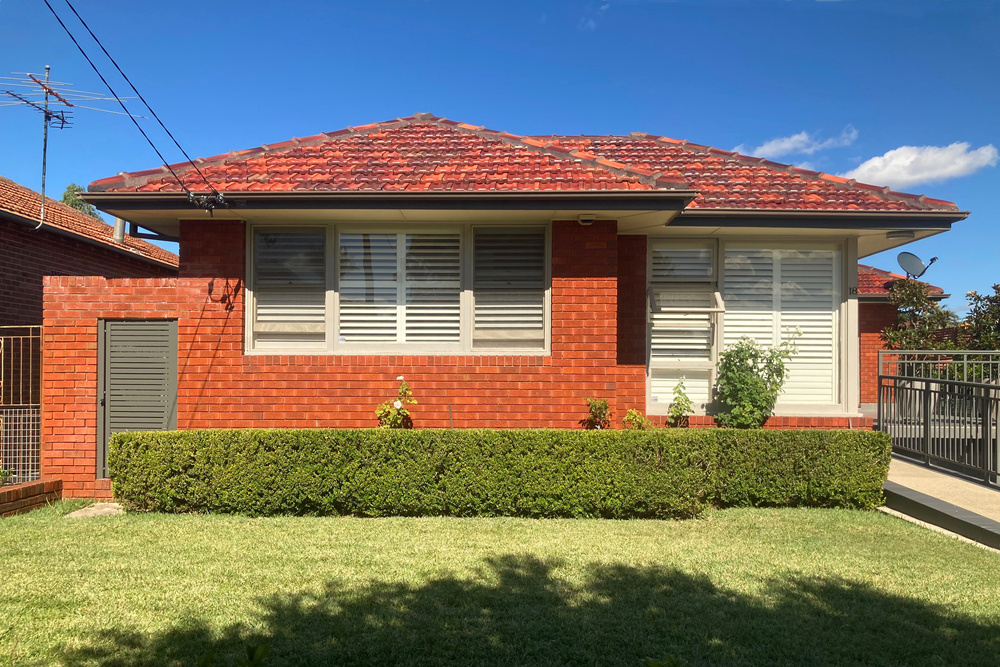.jpg)
Apr
Bedding and Pointing: Key Differences for Your Tile Roof
When it comes to maintaining a tile roof, regular upkeep is essential for ensuring long-term durability and protection from the elements.
Yet many homeowners find themselves confused by two key components of tile roof maintenance: rebedding and repointing. While these terms are often used interchangeably, they play very different roles in keeping your roof secure and weatherproof.
What is Bedding on a Tile Roof?
Bedding is the cement mortar layer that acts as a foundation to secure ridge caps and hip tiles on your roof. Positioned along the ridgelines, this base material provides crucial structural support and stability.
Over time, bedding can break down due to exposure to wind, rain, and fluctuating temperatures. When this happens, ridge tiles may become loose or misaligned, compromising the integrity of the entire roof.
What is Pointing on a Tile Roof?
Pointing is the outer finishing layer applied over the bedding. Its main role is to seal and protect the bedding from moisture and environmental damage. Pointing also helps improve the visual appearance of the ridgelines, giving your roof a clean, finished look.
Traditionally, pointing was made from cement, but modern systems now favour flexible compounds. These materials are designed to withstand minor roof movement, offering improved durability and resistance to cracking.
Bedding vs Pointing: What's the Difference?
Although they work together to protect your roof, bedding and pointing have distinct purposes and use different materials.
Materials Used
Bedding typically uses a strong cement mortar to anchor ridge tiles. Whereas, pointing often uses flexible compounds that resist cracking and shifting, enhancing durability and weather resistance.
Cost Comparison
Rebedding is generally more labour-intensive than repointing, which means higher costs. Repointing is a surface-level repair and usually less expensive, unless underlying bedding issues are discovered. Pricing for both services depends on several factors such as the size and pitch of the roof, accessibility, extent of damage, and whether it’s a partial repair or full restoration.
Why One Can’t Replace the Other
It’s a common misconception that repointing alone can fix all ridge tile issues. In reality, pointing can only seal and protect what’s already structurally sound. If the bedding beneath is cracked, crumbling or loose, repointing over it is not only ineffective but may fail prematurely. For long-lasting results, both bedding and pointing often need to be addressed together.
When to Rebed or Repoint your Tile Roof
Here are some telltale signs that your roof may need professional attention:
Cracked or Loose Ridge Caps
If ridge tiles are visibly misaligned or cracked, it could indicate that the bedding has deteriorated.
Gaps or Crumbling Mortar
Visible holes, gaps or flaky mortar along the ridges usually mean that bedding and/or pointing is failing.
Leaks or Water Stains Inside
Unexplained leaks or water marks near your ceiling’s edge could be due to moisture seeping in through compromised pointing or bedding.
Recent Storm Damage
After high winds or heavy rain, check for dislodged tiles or loose mortar. Storms can accelerate wear and tear on both bedding and pointing.
In Summary
To recap: bedding provides the structural base, while pointing adds a protective layer and a polished finish. Both are vital to your roof’s health. Ignoring maintenance for either can lead to leaks, broken tiles, and much costlier repairs down the track.
If you’ve noticed signs of wear or simply want peace of mind, consider booking a roof inspection. Our team is here to provide expert advice, detailed quotes, and high-quality bedding and pointing services to keep your tile roof in top condition.
Need help with your roof? Contact us today for an inspection.



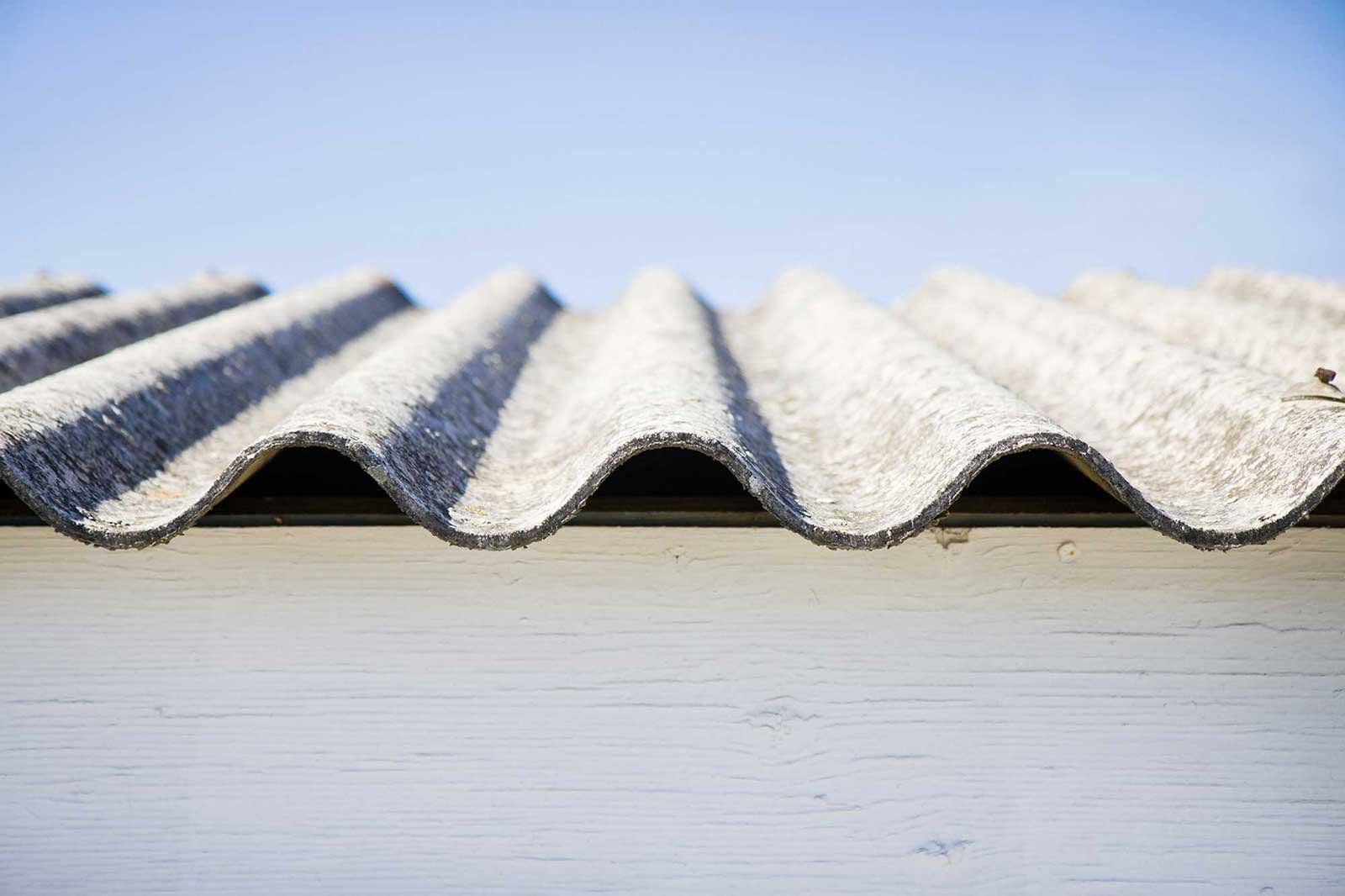






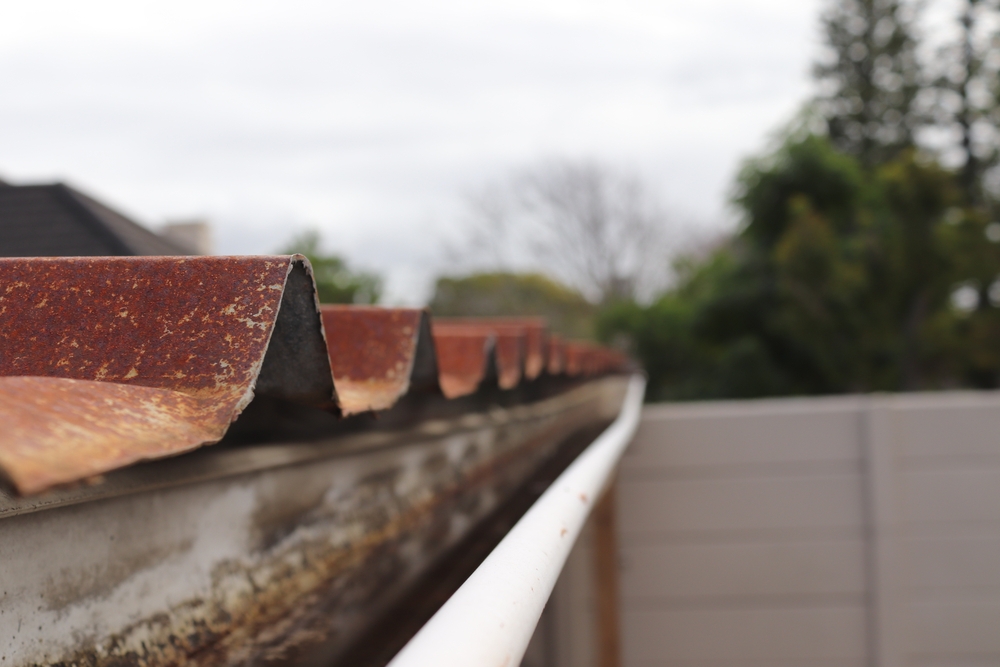
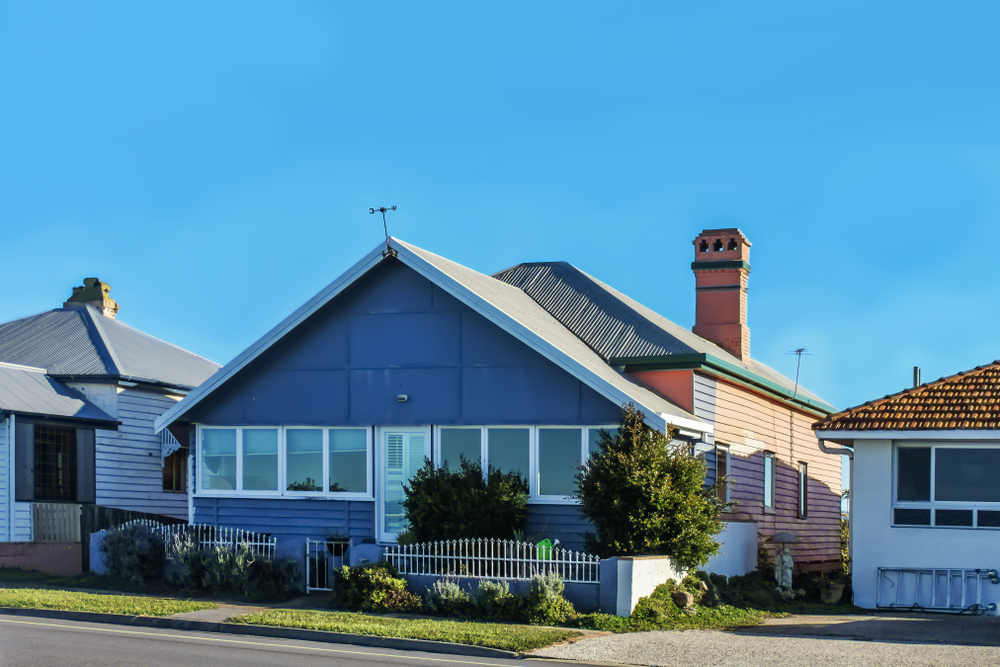
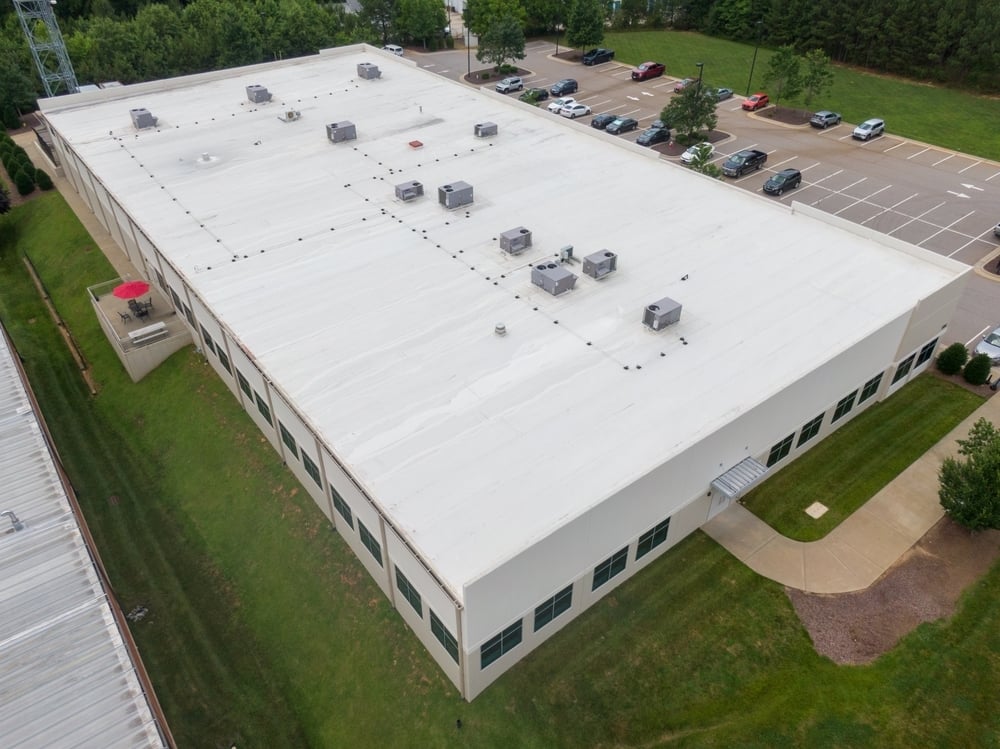
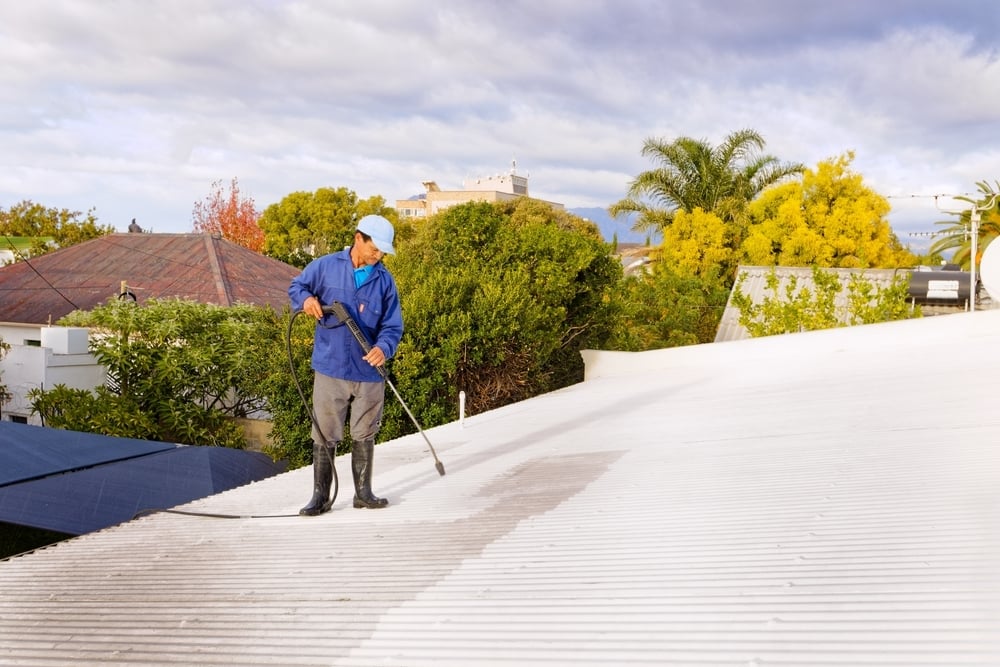
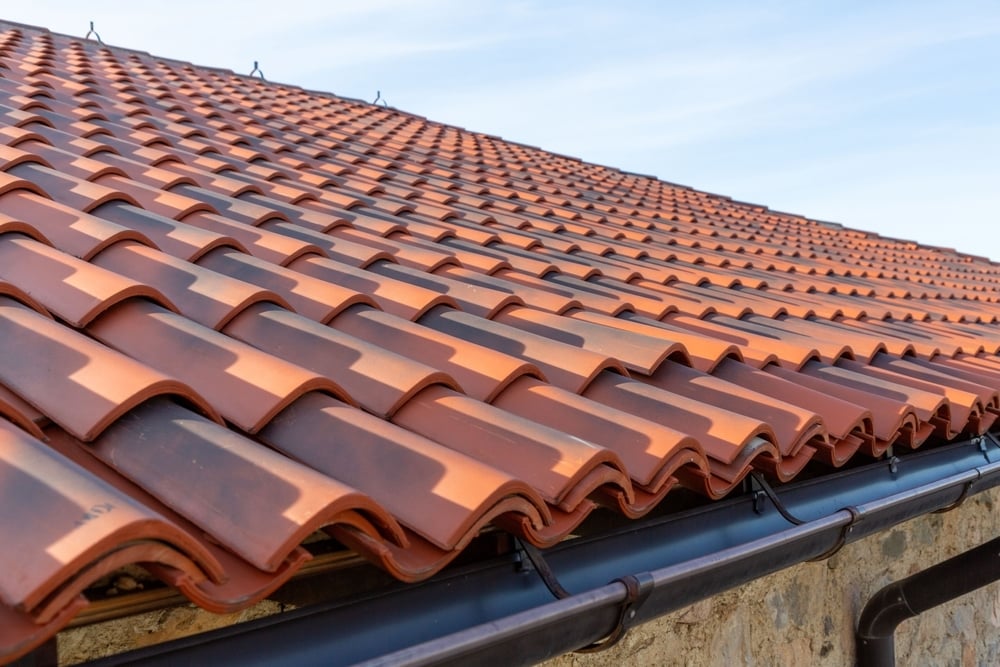
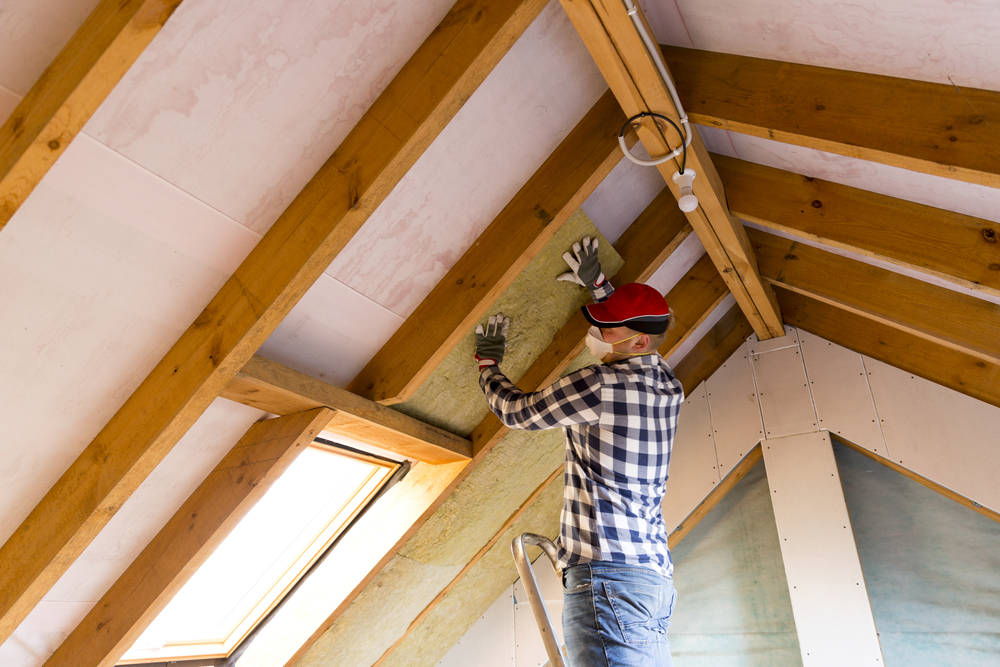
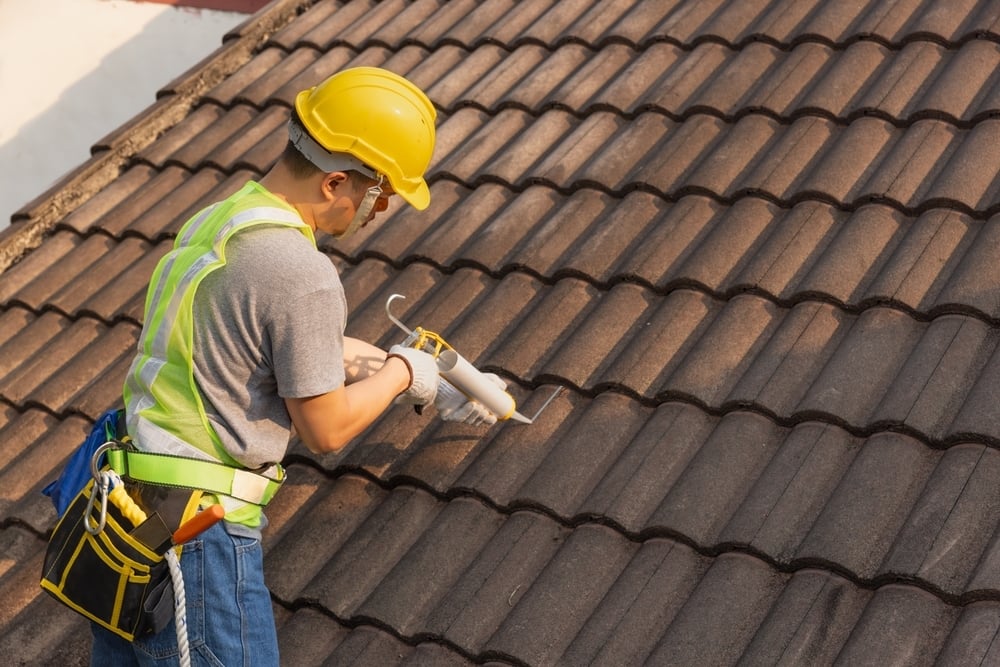
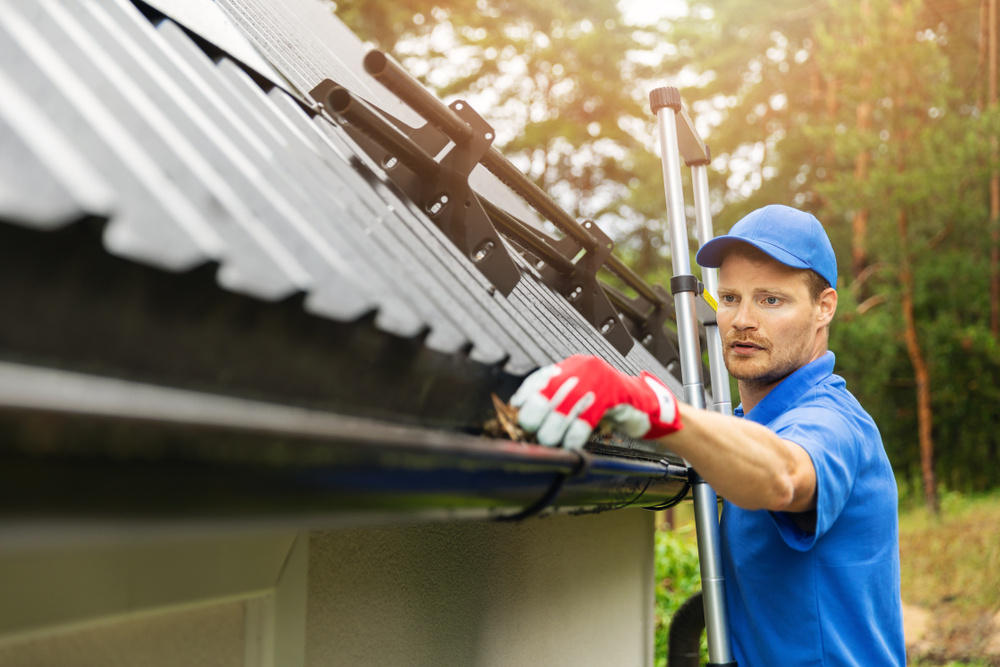

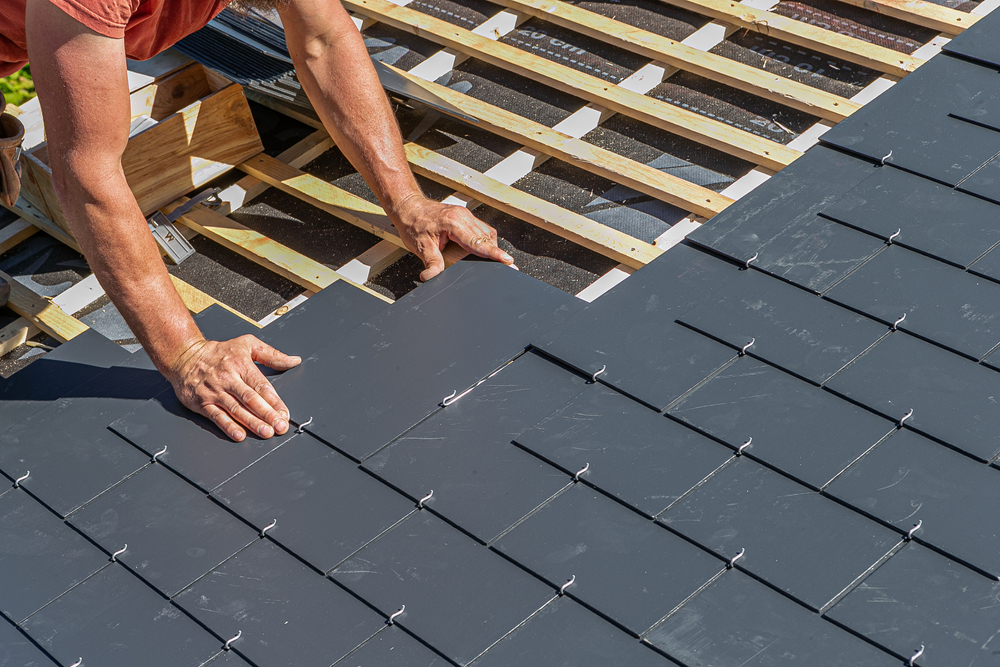

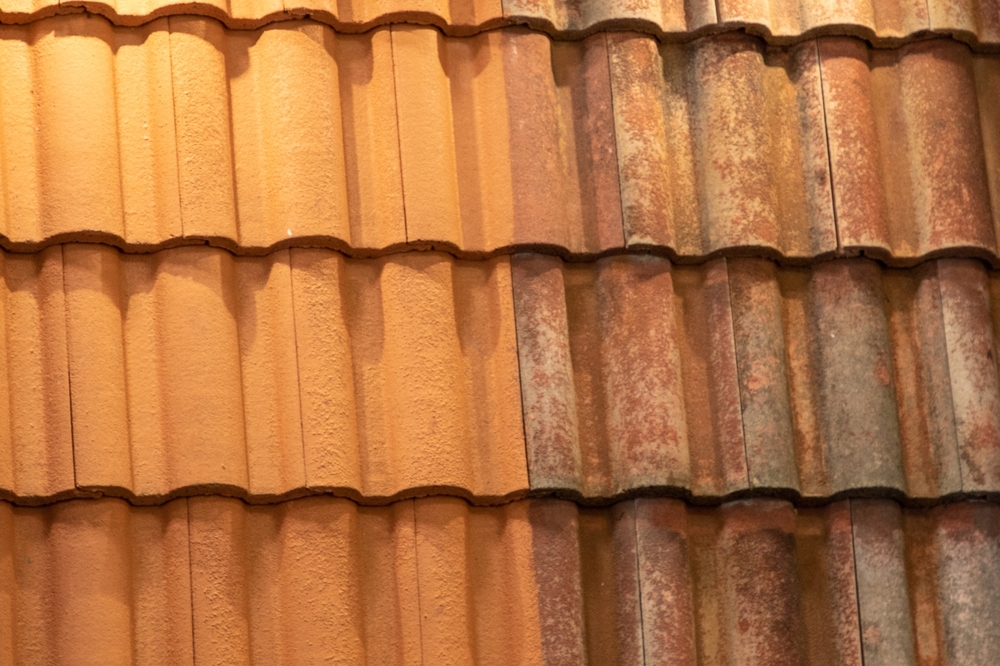
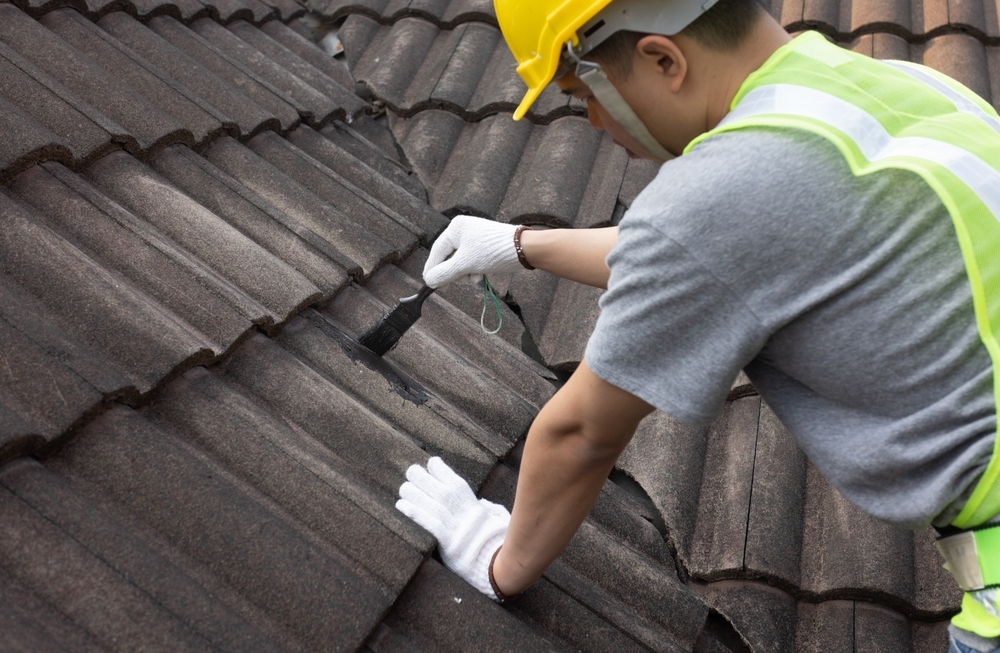
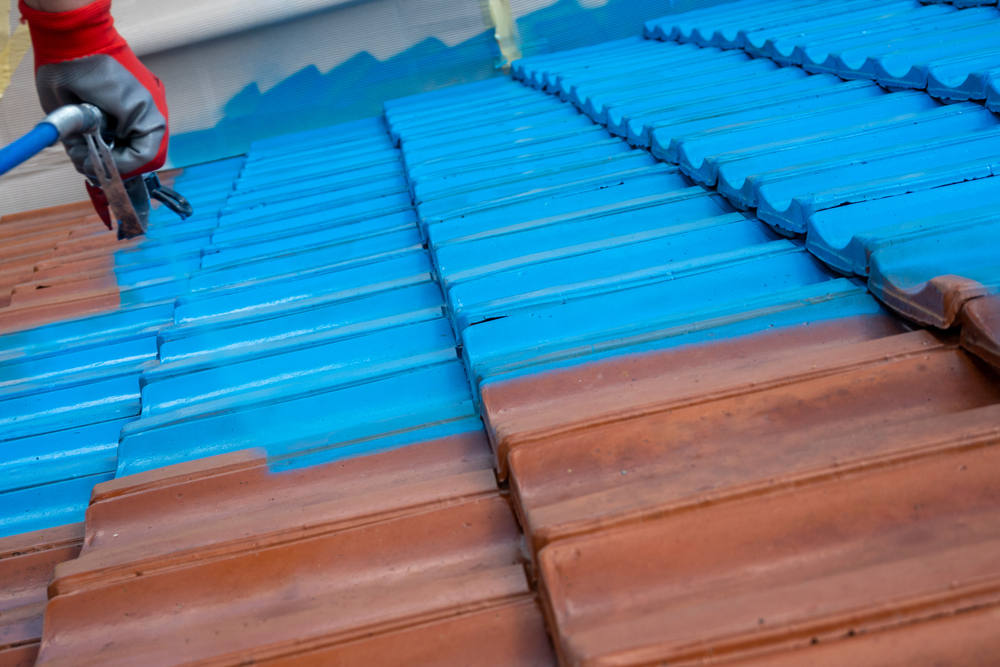
.jpg)
